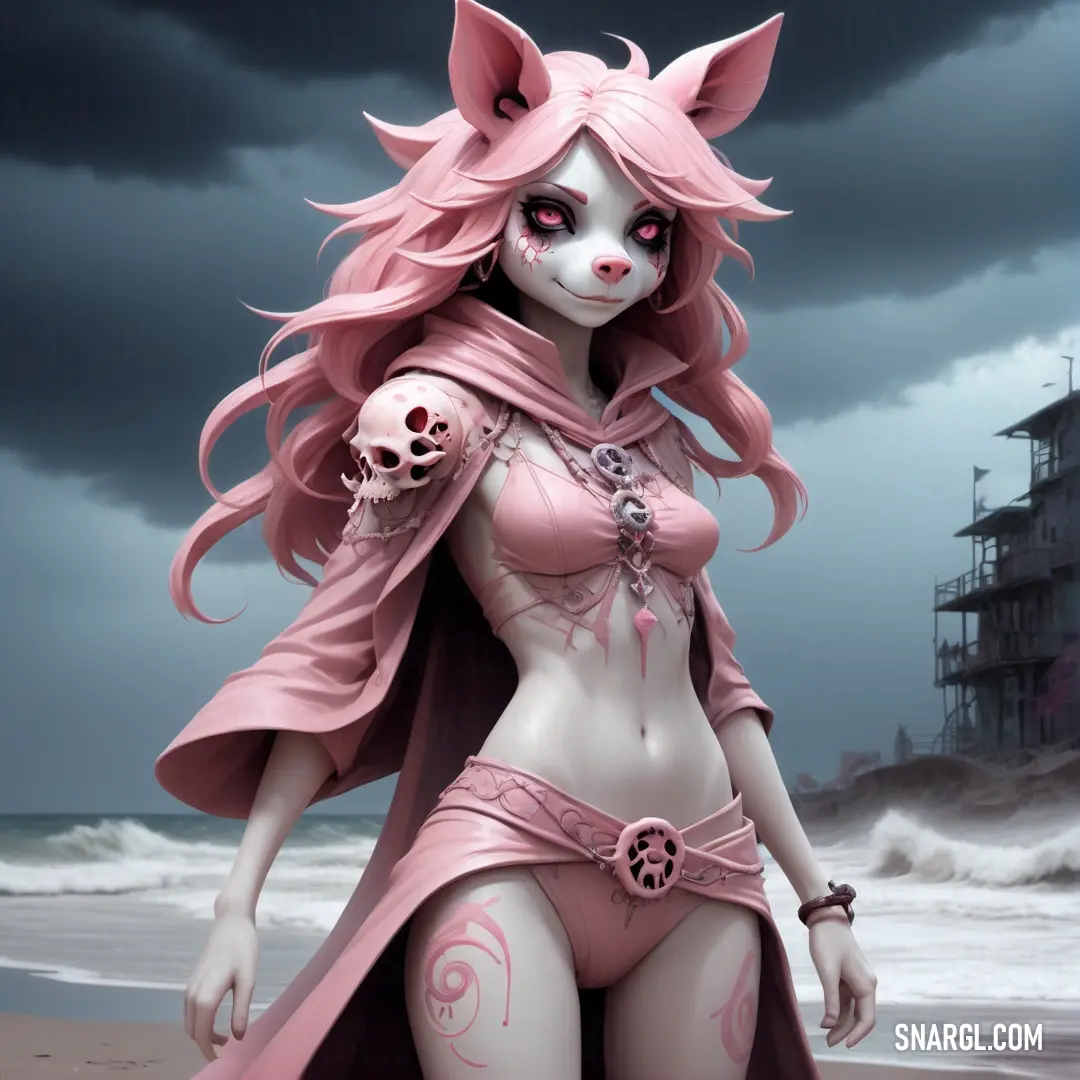PANTONE 5015
Closest colors:
in RAL Design:
RAL 010 70 15 2023-06-09 Snargl 1 minute 12 seconds
What color is PANTONE 5015?
PANTONE 5015 is a medium light shade of pink-red with the following color values:
Hexadecimal: #CFA6A9
RGB: 207, 166, 169
CMYK: 5, 35, 14, 10
HSL: 356, 20, 81
The hexadecimal color code #CFA6A9 is composed of 81.18% red, 65.1% green and 66.27% blue in the RGB color model.
PANTONE 5015 is a warm and soft color that can evoke feelings of romance, elegance, and femininity.
It can be used to create contrast with darker or cooler colors, or to complement similar shades of pink, red, or purple.
Example of the palette with the PANTONE 5015 color
Top 5 color shades of the illustration. Arranged in descending order of frequency of occurrence (first - more often, last - more rare).
See these colors in NCS, PANTONE, RAL palettes...
NCS (Natural Color System) Continue browsing posts in category "PANTONE"
You may find these posts interesting:

